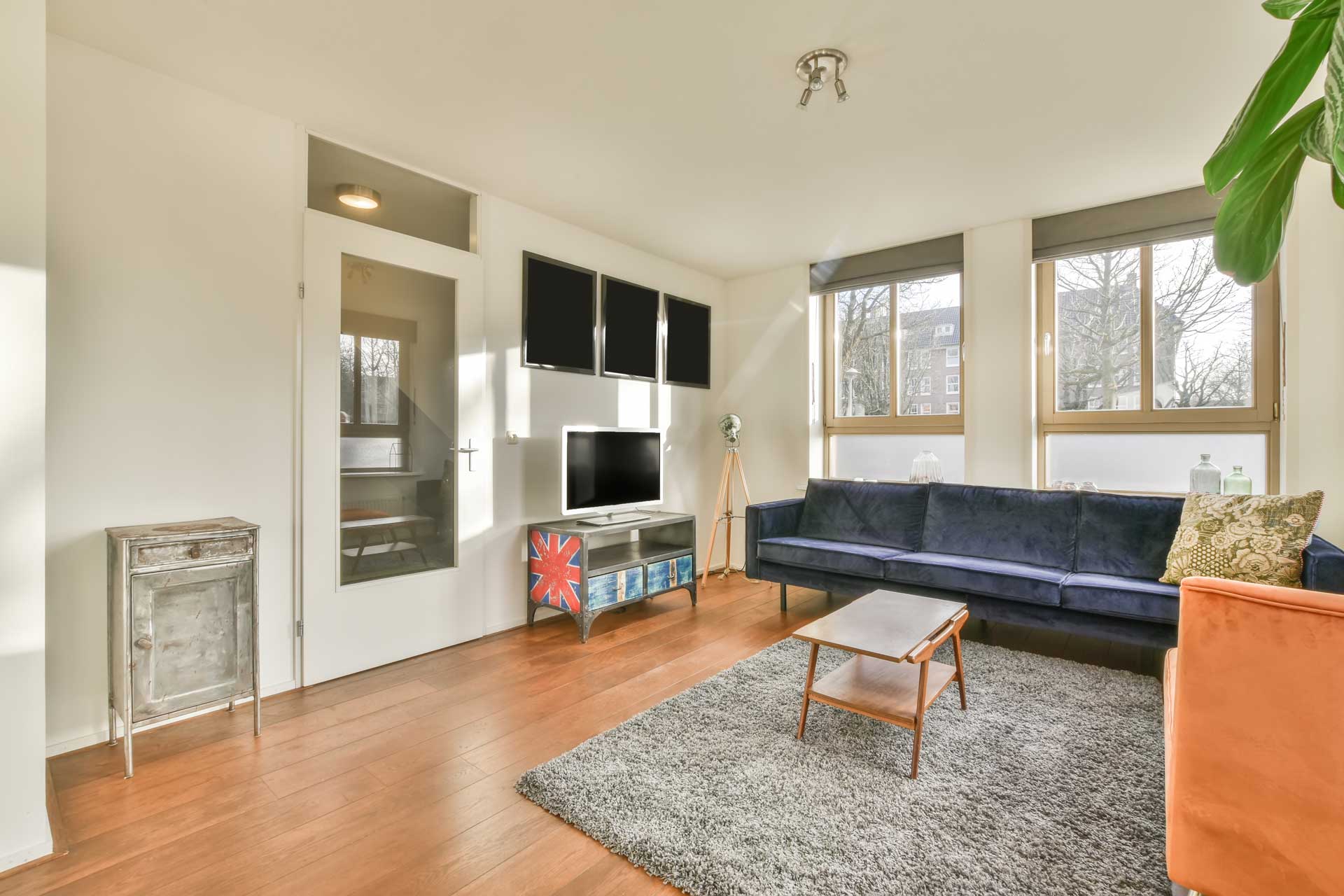Windows are an important aspect of any home as they offer several functions and bring many benefits to the table. A decent window may help you save money on energy by avoiding draughts, managing temperature, and withstanding the weather, all while increasing the look of your house. There are various windows out there, ranging in size, style, colour and material. However, with so many different types of windows on the market, how can you choose which one to buy and pick out the right one for you and your home? To help you with any struggles that you may possibly be having, here are some things to think about while selecting the proper replacement windows and doors for your home.
Framing Material
When it comes to selecting windows for your home, the first thing to consider is the appropriate frame material for your needs. With each material, there are several things to consider, such as aesthetics, durability, and insulating capabilities. When selecting a set of windows, you have four frame materials to pick from and they include wood, fibreglass, vinyl, and aluminium.
Some of the greatest windows for house installation include wooden frames, which give the natural appeal that most homeowners desire. Wood frames, being a natural material that has been used in buildings for ages, provide insulation and often survive numerous generations of residents at a specific location. Wood may be painted or varnished, making it suitable for a broad range of colour schemes and interior designs.
Fibreglass, a sturdy and visually diversified material, is one of the newer possibilities for window frames on the market. Because of its ability to simulate the appearance of other materials, like wood, fibreglass is popular among modern homeowners. Fibreglass frames are weather-resistant and provide enough insulation in a range of situations. Unlike wood, fibreglass does not require painting or coating and preserves its natural colour.
Vinyl, which is commonly found around the window panes of contemporary homes and structures, is popular among homeowners who like a sleek, polished aesthetic for their window frames. Vinyl, like fibreglass, does not require painting, coating, or maintenance. Many homeowners also prefer vinyl because of its insulating properties, which allow them to conserve energy. However, vinyl is prone to degrade over time when exposed to direct sunlight.
Aluminium window frames were virtually as prevalent as wooden ones for many decades. While wood is still a perennial favourite, metal has mostly gone out of favour due to the development of fibreglass and vinyl. The issue with aluminium is that it has poor insulation and may make dwellings quite chilly in the winter. Aluminium window frames are frequently used in residential complexes and commercial buildings nowadays.
Ultimately, the material of your frame may be determined by the age and style of your property. If you reside in an older home with a classic architectural style, wood is generally the best choice. If your house was built within the last two decades, fibreglass or vinyl may be more aesthetically pleasing options.
Style
Another important aspect of a new window to consider is the style of the window itself. Before purchasing, examine the style of the window or any other house replacement. Different window types offer differing degrees of natural light and ventilation. Window types range from sliding vertically or horizontally to tilting outward from the top, bottom, or sides. Single-hung, double-hung, sliding, casement, awning, hopper, bay, bow, fixed, and custom are common choices made by most homeowners.
Single-hung windows have two horizontal sashes with or without grilles. The lower sash opens while the upper sash remains closed. To open the window, lift the lower sash internally in front of the upper sash. Double-hung windows have two horizontal sashes, either with or without grilles, and both sashes open. Internally, the lower sash rises in front of the higher sash, but outwardly, the upper sash falls in front of the lower sash. Sliding windows are made up of two or three vertical sashes. The opening sash slides from side to side rather than up and down. In two-sash setups, the right sash unfolds internally leftward in front of the stationary left sash. The two end sashes of a three-sash set may open in front of the fixed middle sash. Casement window sets are made up of one vertical window that slides outward at one end, with or without grilles. The window may be gently cracked to allow for modest draughts or opened to 45-degree angles to allow for better ventilation. Casement windows open using a crank handle that you spin until the desired level of openness is obtained. A horizontal window that opens outward along the bottom is considered to be an awning window. The upper structure of the awning is hinged. Awnings are frequently placed above vertical windows to provide additional ventilation. A hopper is the inverse of an awning in that it opens inward along the top. Along the bottom frame, the hopper is hinged. Hoppers, like awnings, provide additional ventilation when placed over vertical windows, whether sliding or casement. A bay window is a projecting set of three horizontal windows with or without grilles. The two side windows protrude from the house’s front at 45-degree angles, while the centre window aligns parallel to the wall, forming a half-relieved hexagon. The side windows open to an outward tilt with the use of a crank handle, but the centre window remains immobile. Bay windows increase interior space, which many homeowners use to display plants, candles, and fixtures. The bow window is similar to the bay window, however it is rounded. To attain the more oval shape, a bow assembly will normally consist of four or five horizontal windows. The two outside windows are frequently fitted with outward opening mechanisms. The bow, like the bay window, protrudes from the façade of a house and adds interior space. A fixed window is one that cannot be opened. The majority of fixed windows are ornamental, such as the round, triangular, or rectangular windows seen above doorways and standard window sets. Fixed windows are commonly utilised in homes with high ceilings to provide more natural light. Lastly, some homeowners choose to have their windows created to order. You might have a window that mixes many types into one if you have unique design ideas and are ready to pay.
The most common choices for most homes are hanging and sliding windows. A window that opens and closes with a crank handle, on the other hand, will provide a more airtight seal. If the exterior of your property is not surrounded by direct foot traffic or prohibitive objects, an outward tilting or projecting window may be the ideal option.
Energy Efficiency
The ideal windows for house usage are intended to prevent air from passing between the outside and the inside of a home. As a result, your home will be more comfortable throughout the year’s hot and cold seasons. When heat waves hit, the appropriate sort of windows will help to keep you cool by blocking off the heat. Solid windows help seal in warmth and limit the passage of exterior coldness when wind, snow, and subzero conditions attack. If your energy expenditures have progressively climbed in recent months, the cause might very well be your windows. If you see draughts flowing in from the margins of a window glass or frame, it is likely that a gap has been created due to age and countless expansion and contraction cycles. In the winter, a sturdy pair of windows will trap heat inside and block off surplus heat in the summer. Two panes of glass are used in today’s energy-efficient windows. The window is coated with Argon between the two panes, a transparent low-e layer that preserves glass and helps block out undesirable heat. Windows with a low U-factor are the most effective in blocking out winter cold. Windows having a low solar heat gain coefficient perform better at shielding sunlight from entering a residence.
Ease of Use
One of the most crucial considerations to consider when purchasing windows is their simplicity of usage. A window should open and close easily without requiring any particular physical effort on your part. A window might become more difficult to open and shut over time because of the expansion and contraction of the frames induced by seasonal temperature fluctuations. As a result, it is critical to have a window that is well-equipped to withstand these effects. Some old homes with wooden window frames have painted shut windows that are hard to open. This is common in older settlements along the east coast. The problem is that painted-shut windows might put you in great danger if you ever need to escape your house by a window, such as during a fire. Wear can also cause windows to become less functional. When exposed to mites and the outdoors for an extended period of time, the wood on wooden frames can get peeled. Newer wooden frames are sometimes covered with aluminium to guard against mildew and other corrosive effects, but wood requires maintenance to keep it from rotting over time. Wood frames must be examined after each hard season and recoated if necessary for them to remain excellent during your term at an address.
Cost
The cost of a new window is affected by a variety of factors. You must consider the brand, quality, kind, and size of the window you want to buy to get an idea of how much you’ll pay. The brand of the window is one consideration that will influence how much you will pay for a new set of windows. Some brands are recognised for their superior quality and, as a result, command greater costs than rival brands. Brands that outsource their labour, such as having their items bulk manufactured in third world countries, often sell for less. Another factor that determines the cost of a window is its quality. A window line that has been tested for durability against a range of temperatures, impacts, and water exposure is almost definitely a more trustworthy product than a window that fails such testing. Installers and customers obviously seek water resistance, airtightness, and overall weather resistance. A window’s price is also affected by the material chosen. Windows with wooden frames are often more expensive than their fibreglass and vinyl counterparts, which are more expensive than most aluminium-framed windows. Except for aluminium, the principal frame materials all have benefits and are equally strong and durable. Having said that, wood is frequently seen as the most elegant alternative and is thought to be more valuable. A wood-framed window will cost twice as much as a vinyl-framed window. Another aspect that influences the price of a window is its size, as larger windows require more glass and construction materials than their smaller counterparts. Awnings and hoppers are less expensive than bay and bow windows. Windows with a single fixed pane are often less expensive than hanging and sliding windows.
Windows are one of the most crucial aspects of a house. Windows, as a feature that enables natural light into the home while also providing views of the outside from within, make interiors appear less gloomy, artificial, and restricting. Windows also provide insulation and security by filtering out wind, UV rays, insects, and intruders. To make sure that you choose the right new windows for your home, some essential features that you should look into include the framing material, the style, the energy efficiency they provide, their ease of use and the cost. By taking all of this into account, you are setting yourself up for success and making the selection process for windows much easier.

